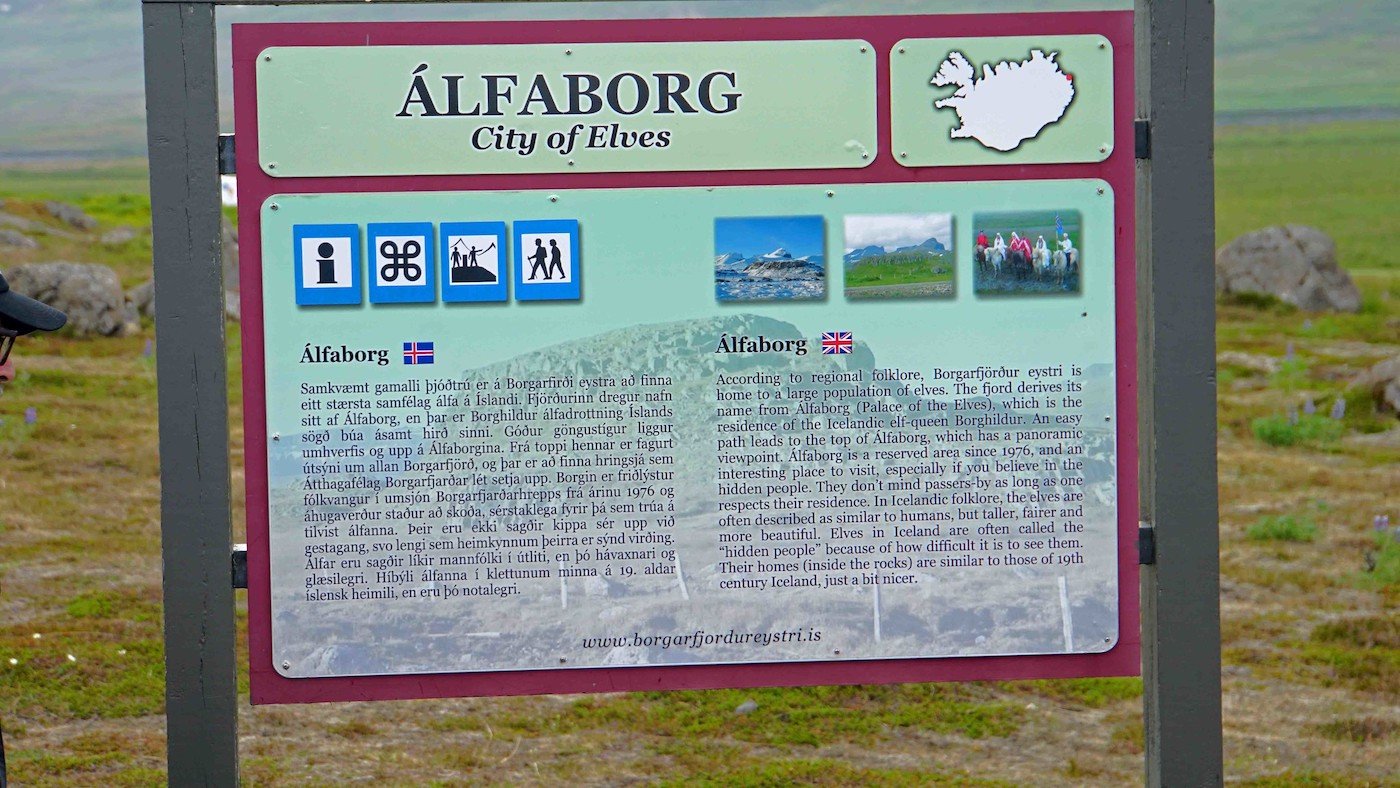Belief in Iceland’s Huldufólk, or hidden people, has become a powerful tool for environmental activism, connecting folklore with conservation efforts to protect the country’s iconic natural wonders.
In short:
Icelandic folklore about Huldufólk, believed to inhabit rocks and hidden places, has been a rallying point for environmental activists since the 1930s, often halting or altering construction projects.In 2013, a highway project was delayed to preserve an “elf church” rock, with Iceland’s Supreme Court weighing the environmental and cultural impacts of the proposed road.A 2012 Icelandic law protects sites deemed important to folkloric traditions, showing how deep cultural respect for the land shapes modern conservation.
Key quote:
“Everyone is aware that the land is alive, and one can say that the stories of hidden people and the need to work carefully with them reflects an understanding that the land demands respect.”
— Terry Gunnel, folklore professor, University of Iceland
Why this matters:
Folklore-driven conservation demonstrates how cultural values can inspire environmental protection. By reconnecting people to the land through storytelling, Iceland shows a unique model for fostering respect and action in addressing global environmental challenges.
Read more: A movement to grant rights to the environment tests the power of local control.
